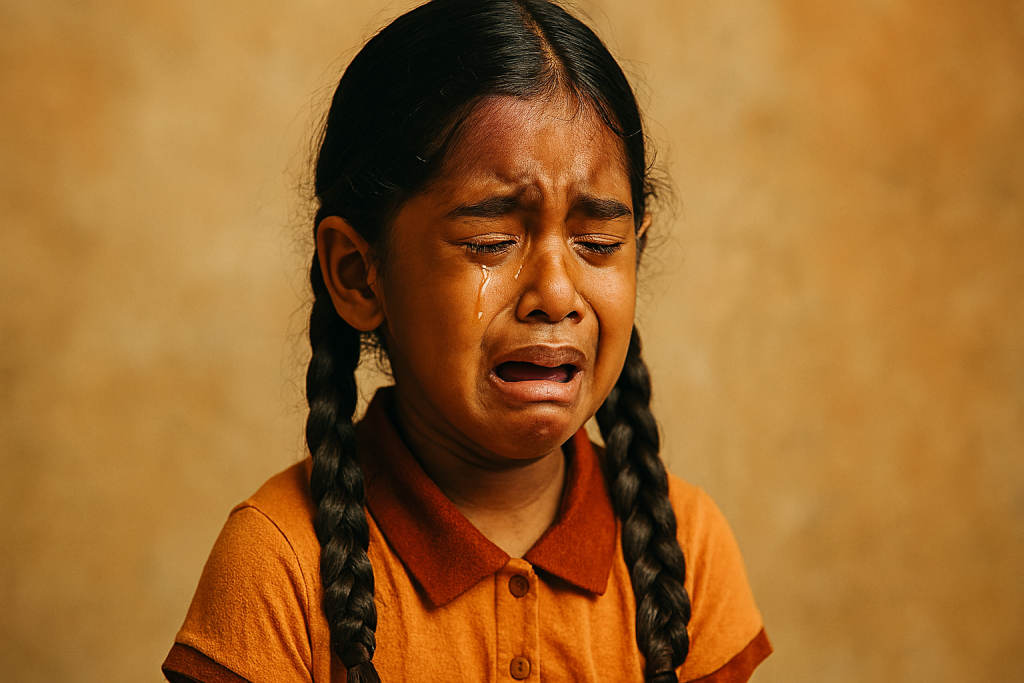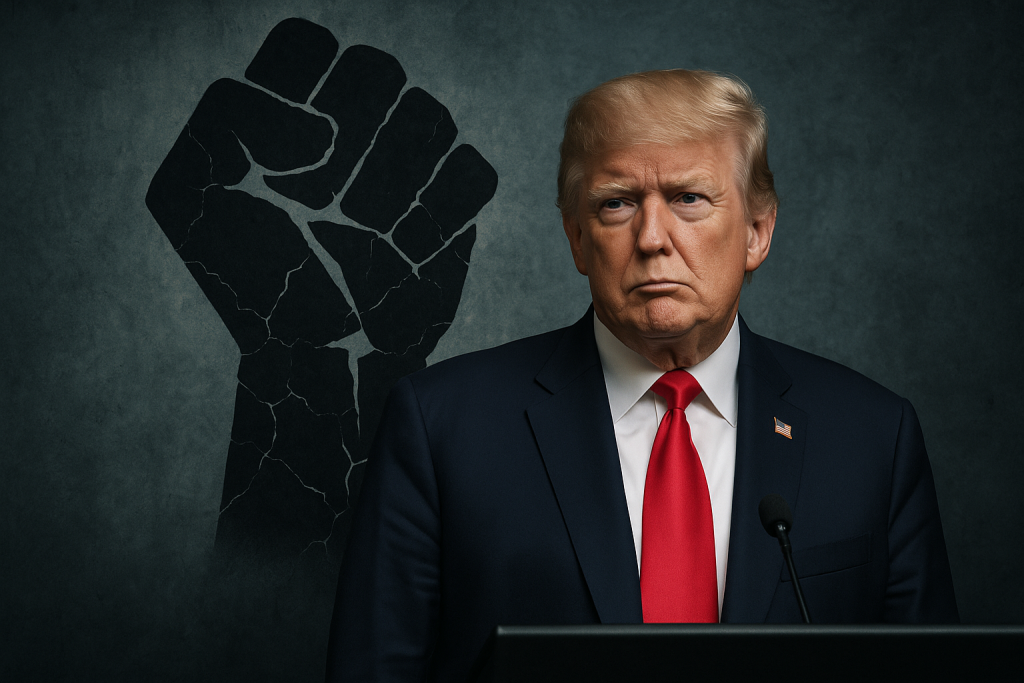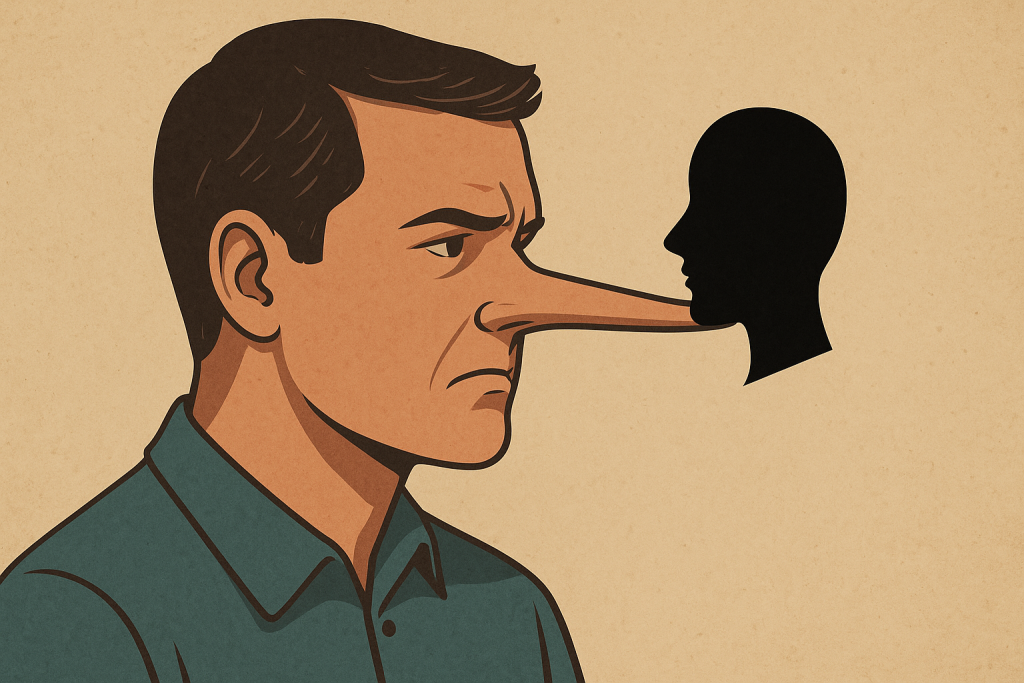New-Zealand Maoris Struggle- A fight Beyond Haka
When a young member of the New Zealand parliament made a Haka at her inauguration in November 2024, she became a global sensation. Known as Hana-Rawhiti Maipi-Clarke, the MP for Hauraki Waikato of New Zealand has been in the spotlight ever since. She was instrumental in making a feisty stand against the repressive policies of the New Zealand’s conservative coalition government who had been steadily reversing the rights of the indigenous Maoris, the first nation of New Zealand. This article is aimed at making awareness of what has been going on in the land of the Kiwis concerning its first nations.
Neocolism is far from a myth. It has always been underway in every part of the globe despite the strong resistance, push back and backlash. After 200 years, one could see a classic example of a despicable act against New-Zealand’s first nation, namely the Marois by two populist parties who are part of the rightwing governing coalition.
Marois are an ancient civilisation that dominated the Polyensian regions for thousands of years. They are a warrior nation that inhabited tens of many tiny Islands across the Pacific. It was the Maroir’s that discovered and settled in Aotearoa, what was later called as New Zealand by its European settlers. Those first nation people settled in the two Islands hundreds of years before the many European colonial conquerors landed in that region.
In 1840 the Maori elders signed a Historic agreement with the British crown known as the Treaty of Waitangi. As it is common for many documents of Colonial rule, this treaty of peace and friendship too had two distinctly different interpretations.The Maorian version clearly stipulated that their sovereignty was well preserved. The Maori text says that “ Rangtira” have “Tinrorangatiratanga” which translate to absolute authority of the Maoris over their lands,resources, homes and Taonga or treasured possessions.However the English version had a slight hiccup. According to that version the “ Rangtira” ceded to her Majesty the Queen of England of all rights, power and sovereignty. What else one could expect from a colonial power who would stop at nothing in looting a land that never belonged to them in the first place.
Maroian’s rights were to be protected as agreed but there is hardly any corner of the world where Colonists have ever respected their commitments to the wellbeing of the locals. Their lands were either confiscated or forcefully acquired which led to the infamous New Zealand wars where thousands of Maoris were subjected to inhumane atrocities, death and displacement. As is the case of every first nation in the world, Maorians became strangers in their own lands. Despite the Treaty of Waitangi, Marois ended up being in the bottom of every socio-economic indicator. Not only becoming the group with the least economic opportunity and access to education, health but also as the community with lowest life expectancy. Among the nations of the global north, New Zealand has one of the highest incarceration rates. Guess who accounts for 52% of that ! Despite being just 17 % of the population, it is the Maoris that overwhelmingly dominate the prison population. That percentage is an indication of the socio-economic inequality in New Zealand society where Maoris are stuck in a vicious cycle.
Against this backdrop a huge protest movement erupted during the 1970s known as hīkoi, which put the spotlight on their struggle. After decades of a long fought battle, the consequential governments adopted a number of progressive policies in support of their cause.
- The establishment of the Waitangi Tribunal in 1975
- The return of some Māori land
- The Māori language becoming an official language in New Zealand in 1987
- Establishment of the Māori Health Authority – Te Aka Whai Ora
- National ban of smoking
With the defeat of the Labour government the Maorians rights became a bone of contention in the New Zealand political arena and reached a peak towards last year. Two nationalistic, rightwing populist parties were up in arms against those very rights. Namely, New Zealand First, commonly abbreviated to NZ First or NZF founded and led by Winston Peters and ACT New Zealand, also known as the ACT Party or simply ACT, led by David Seymour. Both ACT and NZ First have been two political forces determined in undermining the rights of New Zealand’s historically repressed group. Both men ride the wave of populism fueled by nationalism, an unfortunate social product of our time. The duo made a stand against the special status given to the Marois by the crown.They claim that those special status were divisive and discriminatory against the majority. The government consequently revoked some of the most important rights the Maoris won through a long fought battle.
- Repeal of Oranga Tamariki Act section 7AA that will have a huge impact on children under state protection
- De Establishing of the Māori Health Authority which will deteriorate what is already terrible condition in Maori Health
- Lifting the National smoking ban that could be catastrophic to the Maoris health
- Revoking the usage of Maori language as a national language is discriminatory at all accounts
Just reading through those revisions, one could feel how far the current government under the influence of Nationalistic coalition parties were willing to go. As a matter of fact it was not just to undermine the progress the New Zealand society has made in national reconciliation but also in pushing the first nations down to the bottom of social hierarchy.The populists did not want to stop just there. Their final goal was to introduce another dangerous bill that would have turned New Zealand’s delicate social fabric in tatters. Their bill known as “Treaty Principles Bill” was aimed at redefining ‘The Treaty of Waitangi’. Sugar coated with the statement “ Equal rights for all confirming in law that all New Zealanders have equal rights, as promised by the Treaty of Waitangi”, the bill was to rewrite history destroying what was left for the Maoris. That interpretation was supposed to take away the special protection and acknowledgment of Maori’s right to land. If passed it would have opened the doors for a consistent, systematic neocolonial exploitation adventure by the greedy corporations.
These racially charged policies would have torn New Zealand’s tolerant social fabric for good.
But the world did not fail the Maoris in New Zealand. Tens and thousands marched across New Zealand against the bill and there was an outpouring of global solidarity with the Maoris. If the nationalists were successful that would have set precedent to an unprecedented wave of assaults across the globe against the indigenous populations and their rights in every corner of the world. The democratic world came together and took a stand against New Zealand’s right wing conservative government backed by the two racist populists parties and did everything at their capacities to stop this madness from taking place. Finally on the 11th of April 2025, the Maoris Haka was finally heard and respected.
As citizens of the world it is time we all make a Global Haka against the despicable anti democratic, neocolonist agendas creeping under our societies in the guise of democracy. Once they are done with the first nations and marginalized groups, that success would be repeated a few foils higher in all those lands that were once safe heavens for the colonists.
About the Writer
 With a master’s in International relations, Dhanuka’s expertise is in Geopolitics and Geoeconomics, among other things. In addition to being the Executive Editor of The Asian Reviews magazine, he works as a guest writer in the Chicago-based Armenian Mirror-Spectator on Caucuses-related geopolitical issues and contributes as a columnist and a guest speaker to the Indian-based Force Security magazine.
With a master’s in International relations, Dhanuka’s expertise is in Geopolitics and Geoeconomics, among other things. In addition to being the Executive Editor of The Asian Reviews magazine, he works as a guest writer in the Chicago-based Armenian Mirror-Spectator on Caucuses-related geopolitical issues and contributes as a columnist and a guest speaker to the Indian-based Force Security magazine.
He was a grassroots Politician, a political campaign Director, and a council member of a local government body in a small town in rural Sri Lanka. Before entering active politics, he led his foundation in supporting youth and the underprivileged. Currently, he consults youth groups on political activism and general political trends.
He is a poet, blogger, and an enthusiastic climate and social activist who strongly believes in making a better world for future generations. A patriotic Sri Lankan who is a father of a loving daughter.
New-Zealand Maoris Struggle- A fight Beyond Haka Read More »






 Johanna D.S. Chittranjan, known in literary and spiritual circles as Johanna Devadayavu, is a revered poet and humanitarian of Swiss origin who has lived in South India for over forty years. A woman of gentle strength and profound introspection, she has dedicated her life to cultivating love, peace, and spiritual awareness through poetry and compassionate action. Together with her late husband, Lawrie Devadayavu, she co-founded Laharinagar, a serene spiritual retreat nestled in the verdant landscape of South India. More than a sanctuary, Laharinagar is a living embodiment of their shared vision—where harmony with nature, meditative silence, and human connection converge. It continues to inspire seekers, poets, and pilgrims from around the world. Johanna’s poetry is a quiet revolution—her voice emerges from a soul attuned to the rhythms of the earth and the divine heartbeat of humanity. Her work is marked by simplicity, emotional depth, and luminous imagery drawn from her lived experiences. In her verses, she embodies multiple facets of human existence: the devoted wife, nurturing mother, reflective grandmother, diasporic soul, nature lover, and spiritual pilgrim.
Johanna D.S. Chittranjan, known in literary and spiritual circles as Johanna Devadayavu, is a revered poet and humanitarian of Swiss origin who has lived in South India for over forty years. A woman of gentle strength and profound introspection, she has dedicated her life to cultivating love, peace, and spiritual awareness through poetry and compassionate action. Together with her late husband, Lawrie Devadayavu, she co-founded Laharinagar, a serene spiritual retreat nestled in the verdant landscape of South India. More than a sanctuary, Laharinagar is a living embodiment of their shared vision—where harmony with nature, meditative silence, and human connection converge. It continues to inspire seekers, poets, and pilgrims from around the world. Johanna’s poetry is a quiet revolution—her voice emerges from a soul attuned to the rhythms of the earth and the divine heartbeat of humanity. Her work is marked by simplicity, emotional depth, and luminous imagery drawn from her lived experiences. In her verses, she embodies multiple facets of human existence: the devoted wife, nurturing mother, reflective grandmother, diasporic soul, nature lover, and spiritual pilgrim.



